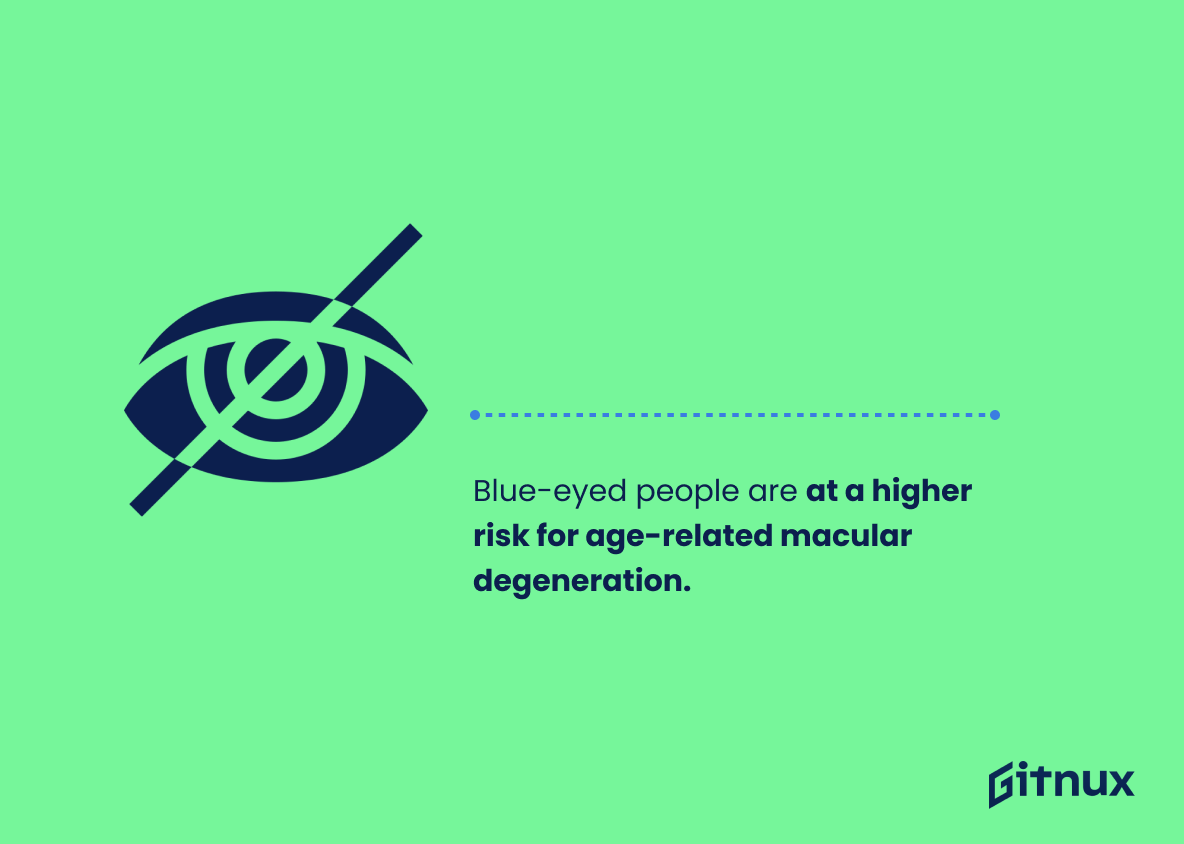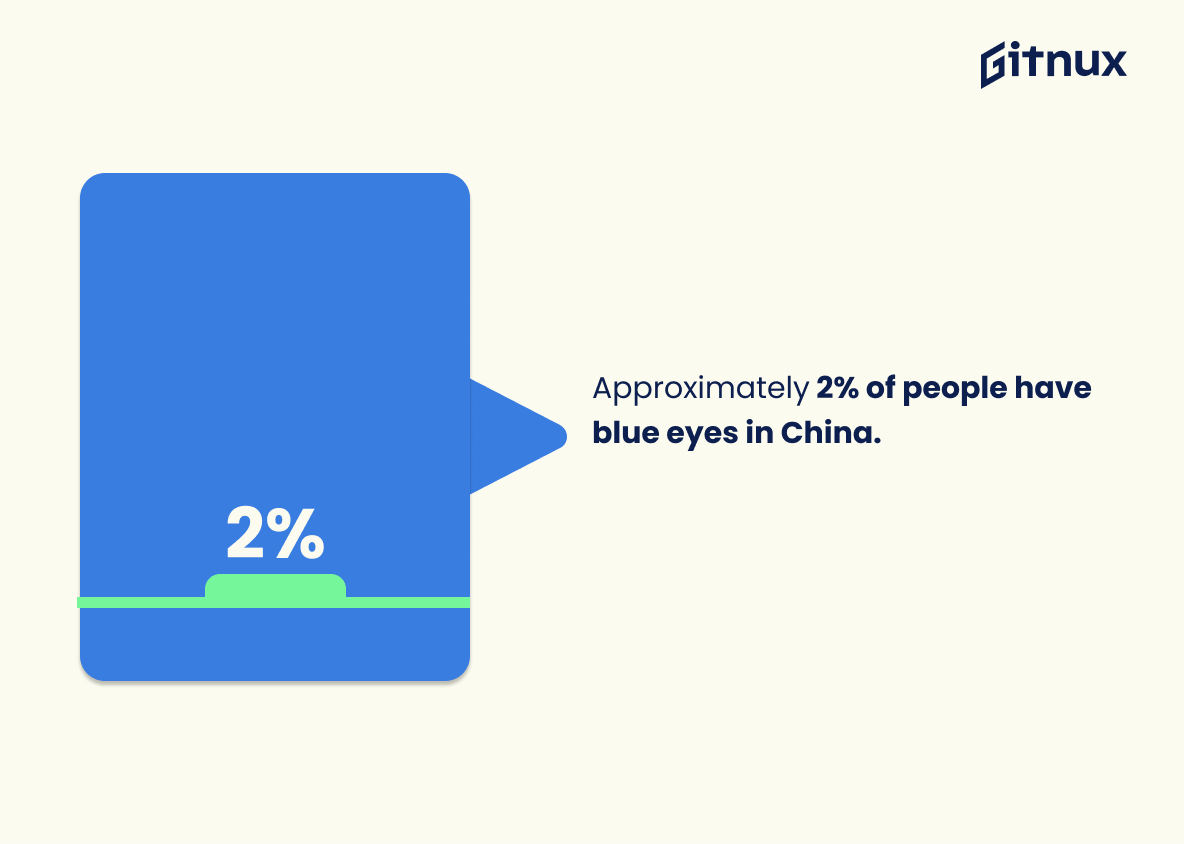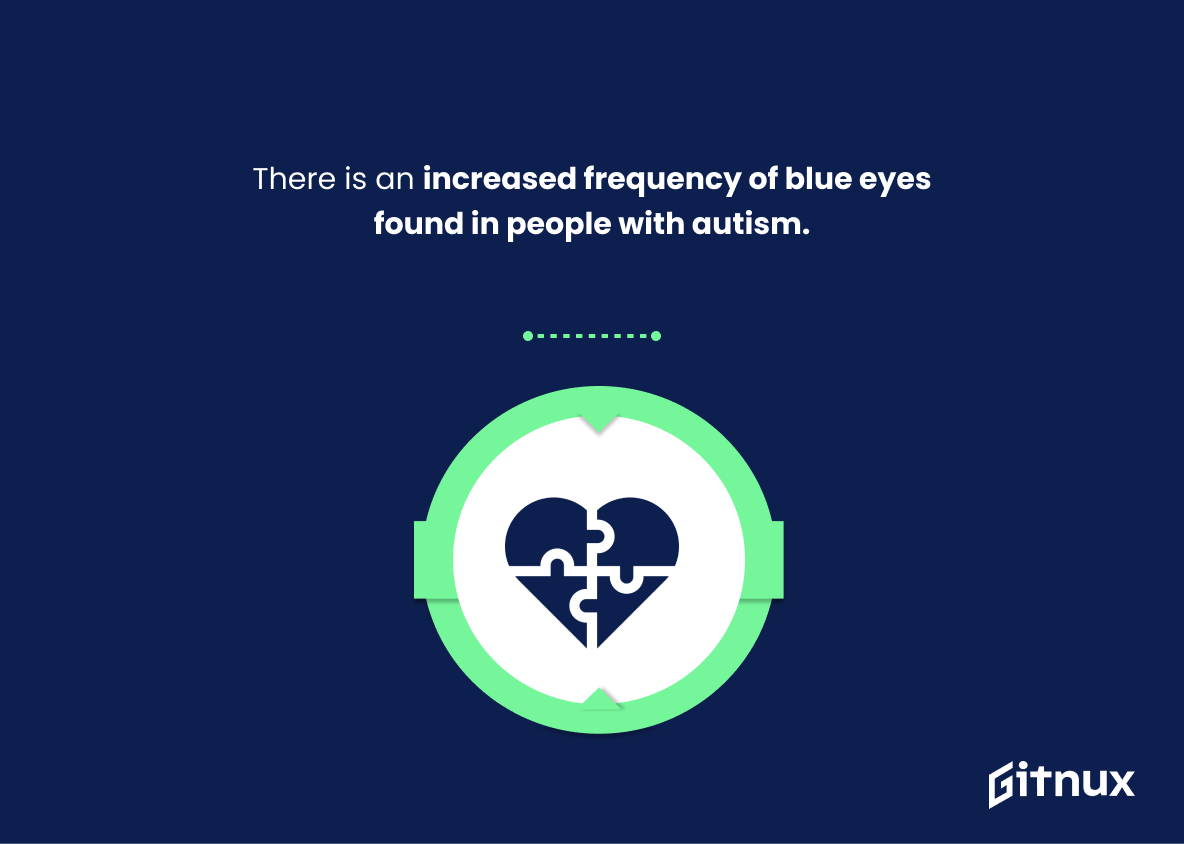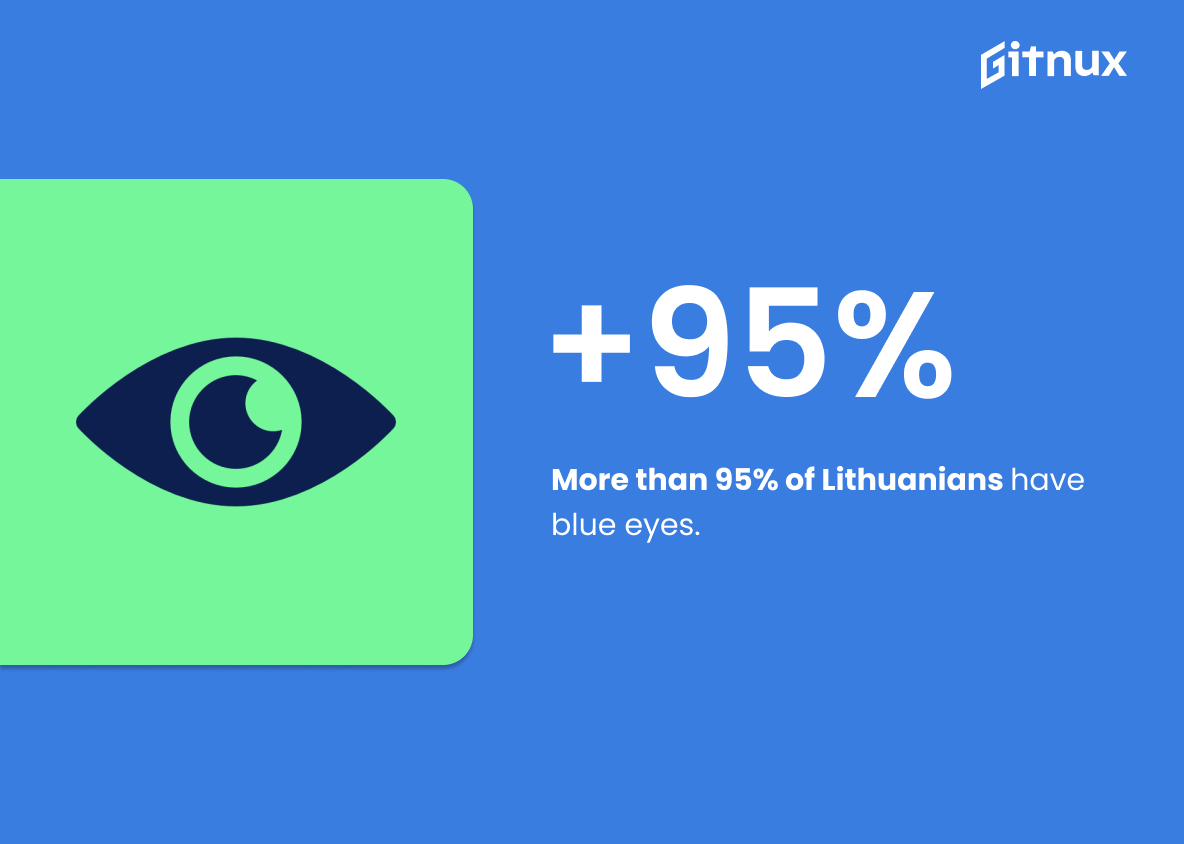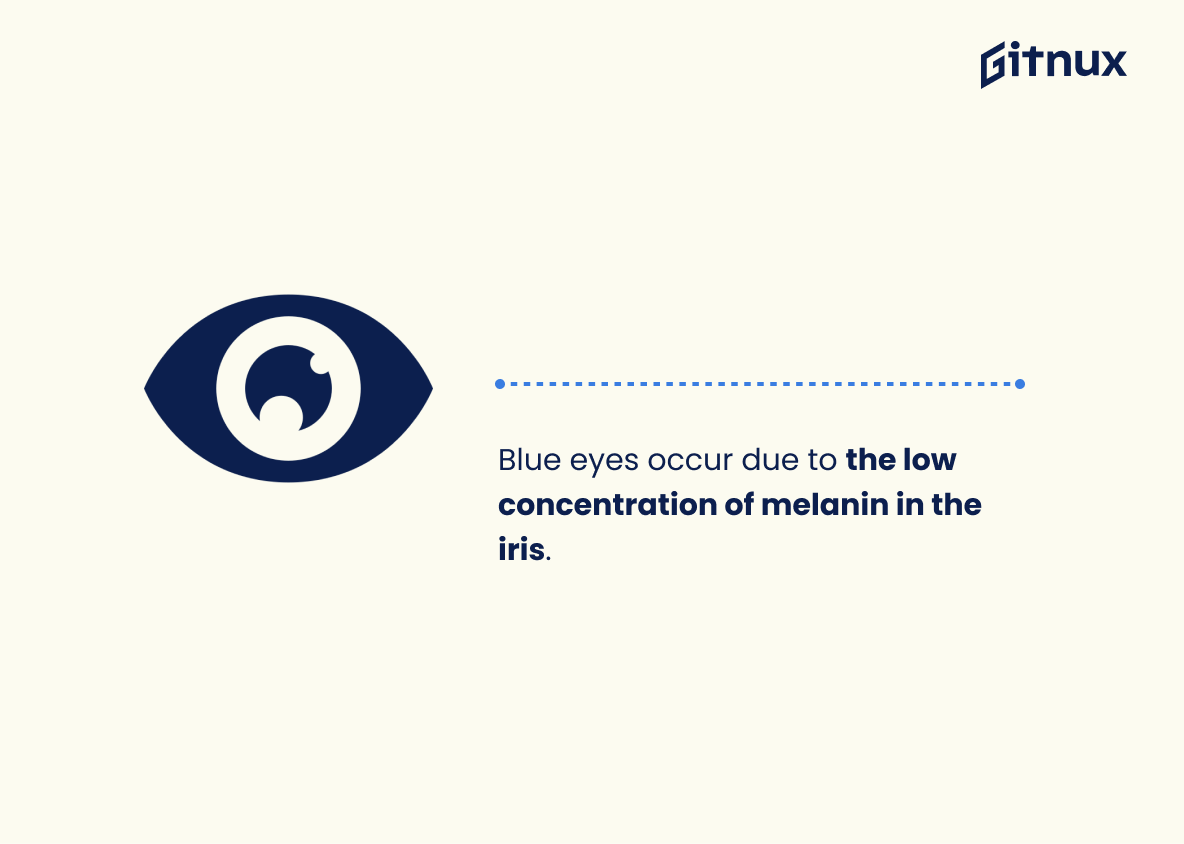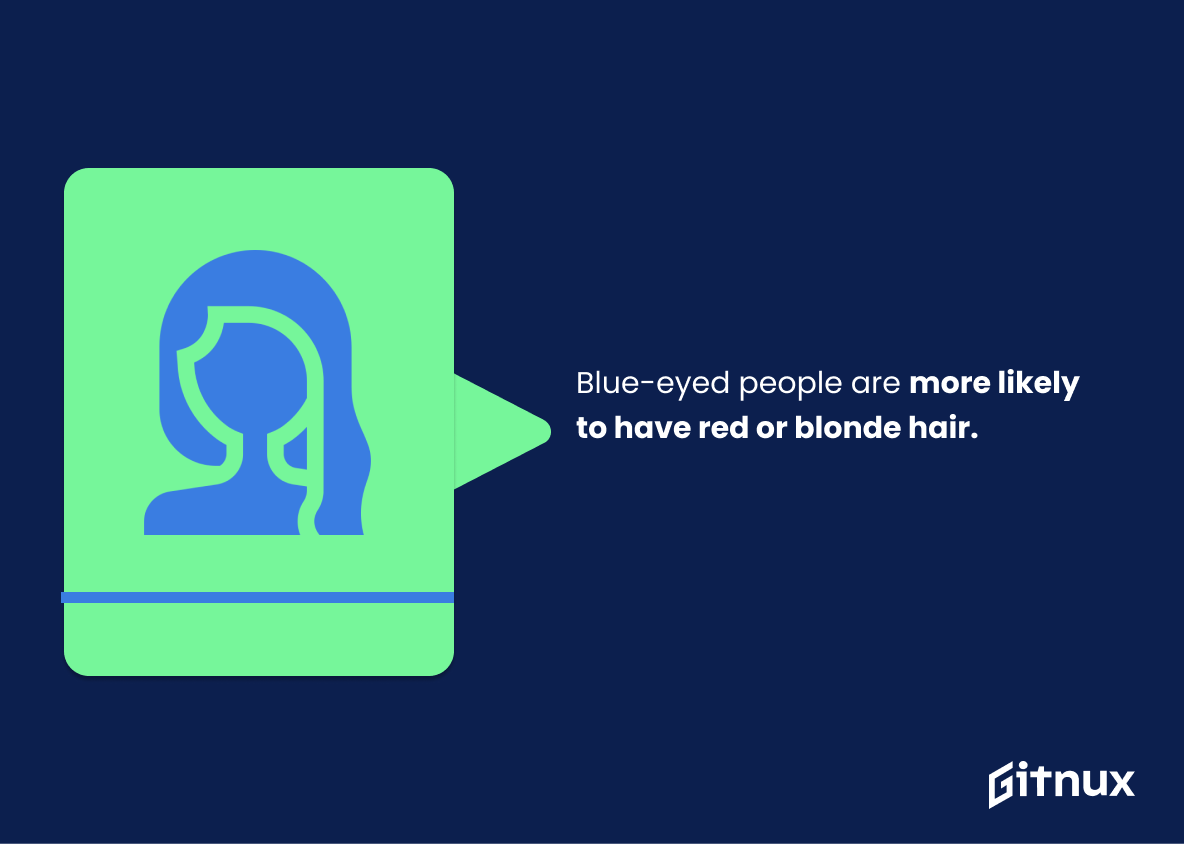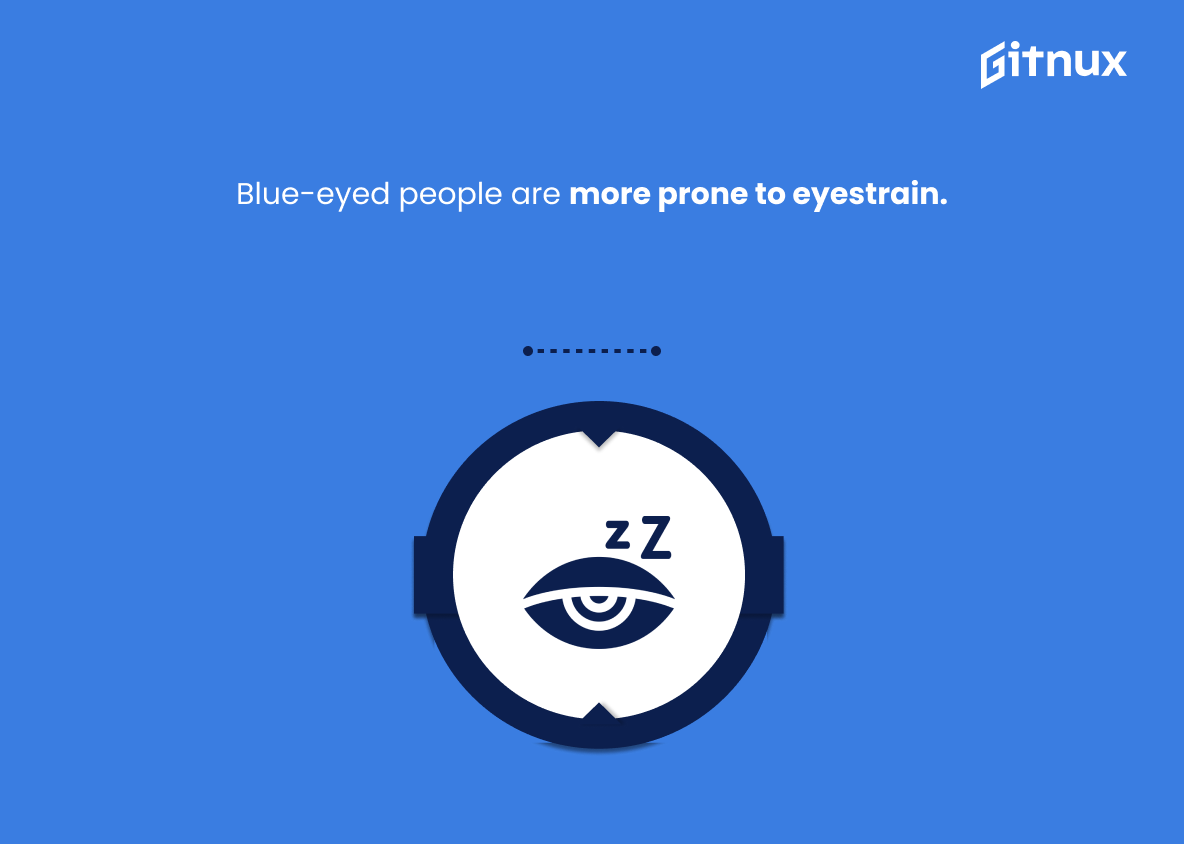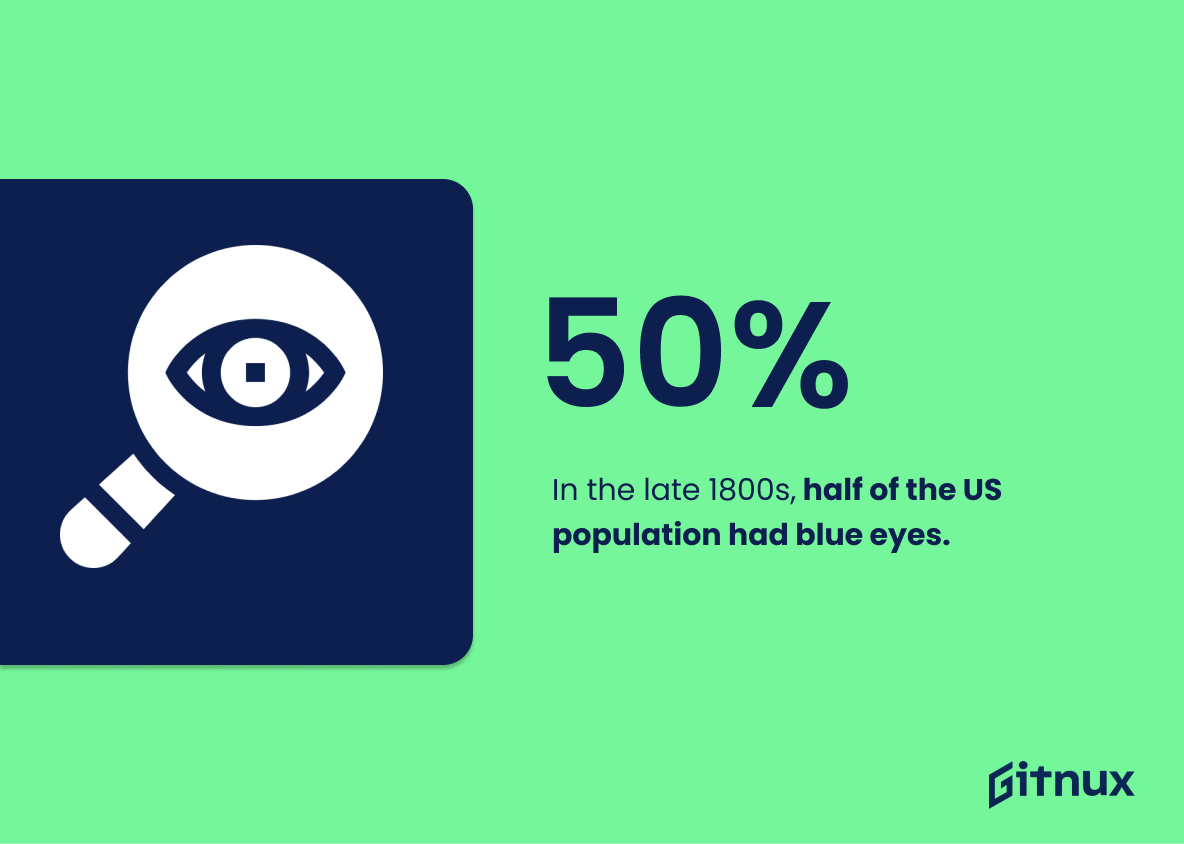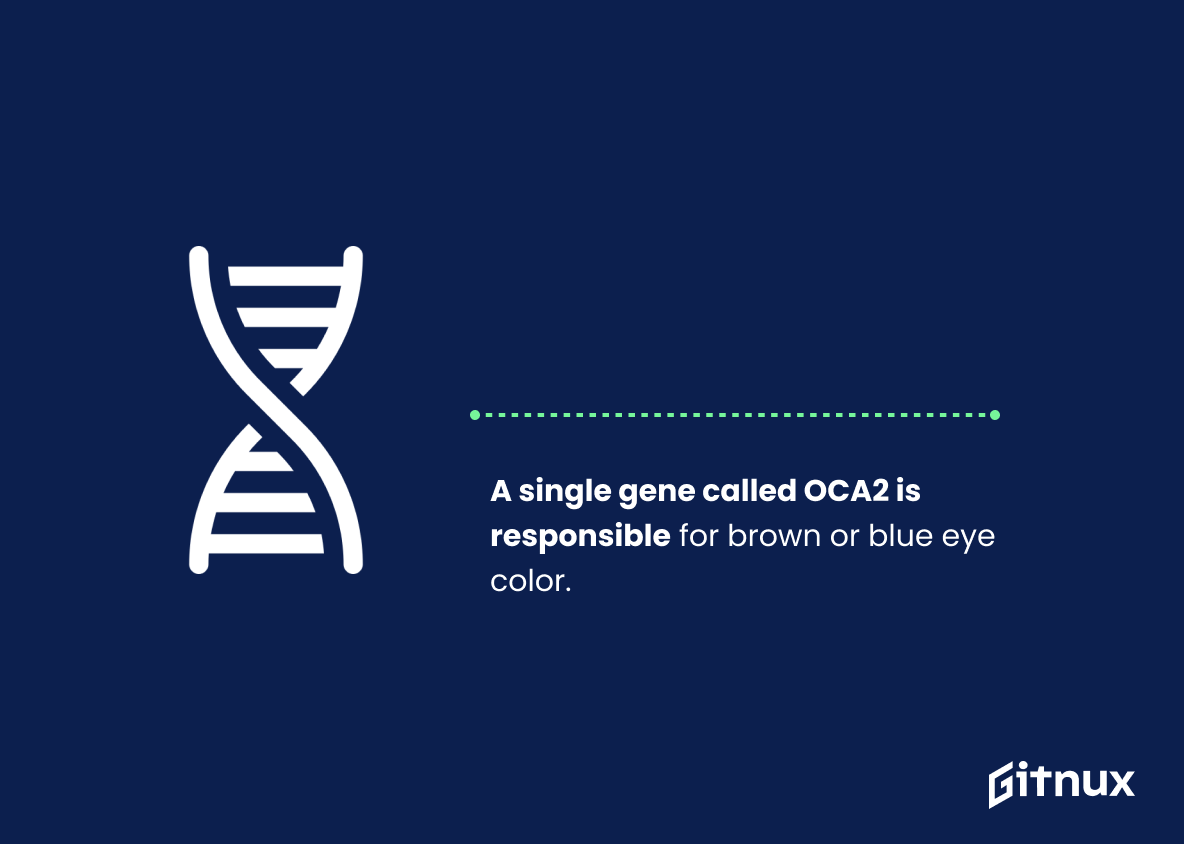Blue eyes are a fascinating and unique trait that can be found in people all over the world. From Lithuania to China, blue-eyed individuals constitute a significant portion of the population. But what else do we know about this eye color?
In this article, we will explore 20 interesting facts about blue eyes from around the globe. We’ll look at statistics on how common they are, their potential health risks and benefits, as well as some surprising correlations between eye color and behavior or personality traits. So let’s dive into these amazing facts about one of nature’s most captivating features.
Blue Eyes Statistics Overview
Blue-eyed people are more likely to be alcoholics.
This statistic is of great significance in the context of a blog post about Blue Eyes Statistics, as it highlights the potential risks associated with having blue eyes. It serves as a warning to those with blue eyes, and their families, to be aware of the potential for alcohol abuse and to take steps to prevent it. Furthermore, it can help to inform public health initiatives and research into the causes of alcohol addiction.
Blue eyes are more sensitive to sunlight.
This statistic is of great importance when it comes to a blog post about Blue Eyes Statistics, as it provides insight into the unique characteristics of those with blue eyes. It highlights the fact that blue-eyed individuals may need to take extra precautions when exposed to sunlight, such as wearing sunglasses or hats, in order to protect their eyes from potential damage.
Blue-eyed people are at a higher risk for age-related macular degeneration.
This statistic is of utmost importance when it comes to blue eyes statistics, as it highlights the potential health risks associated with having blue eyes. It serves as a reminder that, while blue eyes may be aesthetically pleasing, they can also come with certain health risks that should not be overlooked.
Approximately 2% of people have blue eyes in China.
This statistic is significant in the context of a blog post about Blue Eyes Statistics because it provides insight into the prevalence of blue eyes in a population that is not typically associated with having blue eyes. It also serves as a reminder that eye color is not limited to any one region or ethnicity, and that blue eyes can be found in many different parts of the world.
There is an increased frequency of blue eyes found in people with autism.
This statistic is significant in the context of a blog post about Blue Eyes Statistics because it suggests a potential link between eye color and autism. It could provide insight into the underlying causes of autism, as well as potential treatments or therapies that could be used to help those with autism. Additionally, it could help to raise awareness of the prevalence of autism in the population, and the need for more research into the condition.
More than 95% of Lithuanians have blue eyes.
This statistic is a powerful testament to the prevalence of blue eyes in Lithuania. It serves as a reminder that blue eyes are a common trait among Lithuanians, and that the country is home to a large population of people with this eye color. This statistic is also important in understanding the genetic makeup of the Lithuanian population, and how it has been shaped by centuries of intermarriage and migration.
89% of people in Finland and Estonia have blue eyes.
This statistic is a powerful indicator of the prevalence of blue eyes in Finland and Estonia, demonstrating that the vast majority of people in these countries have this eye color. This is an important piece of information for anyone interested in blue eyes statistics, as it provides a clear picture of the prevalence of this eye color in two countries.
Blue eyes occur due to the low concentration of melanin in the iris.
This statistic is essential in understanding the phenomenon of blue eyes, as it provides insight into the science behind the eye color. It explains why blue eyes are so rare, as the low concentration of melanin in the iris is what gives the eye its unique hue. This knowledge can help readers better appreciate the beauty of blue eyes and understand why they are so special.
Blue-eyed people are more likely to have red or blonde hair.
This statistic is significant in the context of a blog post about Blue Eyes Statistics because it provides insight into the physical characteristics that often accompany blue eyes. It suggests that people with blue eyes are more likely to have red or blonde hair, which can be useful information for those looking to learn more about the physical traits associated with blue eyes.
Blue-eyed people are more prone to eyestrain.
This statistic is of utmost importance when it comes to Blue Eyes Statistics, as it highlights the potential health risks associated with having blue eyes. It serves as a reminder to those with blue eyes to take extra care of their vision and to be aware of the potential for eyestrain.
In the late 1800s, half of the US population had blue eyes.
This statistic is a powerful reminder of how quickly the demographics of a population can change. It serves as a reminder that the current population makeup is not necessarily indicative of what it will be in the future. It also highlights the importance of understanding the history of a population in order to better understand its current makeup.
In a Turkish study, 33% of blue-eyed participants were left-handed, compared to 19% of brown-eyed.
This statistic is significant in the context of a blog post about Blue Eyes Statistics because it suggests that there may be a correlation between eye color and handedness. The fact that a higher percentage of blue-eyed participants were left-handed compared to brown-eyed participants indicates that there may be a link between the two traits. This could be an interesting topic to explore further in the blog post.
A single gene called OCA2 is responsible for brown or blue eye color.
This statistic is significant in the context of a blog post about Blue Eyes Statistics because it provides insight into the genetic basis of eye color. By understanding the gene responsible for blue eyes, we can gain a better understanding of the prevalence of blue eyes in the population and the potential for eye color to be passed down through generations.
Conclusion
Blue eyes are a fascinating and unique trait that can be found in many different parts of the world. Approximately 8% of the global population has blue eyes, with higher concentrations in certain countries such as Lithuania (95%), Finland and Estonia (89%) or the United States (16.6%). Blue-eyed people have some interesting characteristics associated with them, including being more sensitive to sunlight, having an increased risk for age-related macular degeneration, being at a higher risk for alcoholism and finding other blue-eyed people more attractive than those with other eye colors.
Additionally, research suggests they may also be left-handed more often than brown-eyed individuals and tend to think strategically when making decisions. The gene responsible for this eye color is OCA2, which was discovered around 6 000 – 10 000 years ago due to a genetic mutation from its predecessor gene HERC2/OCA1P3 . All these facts make it clear why so many cultures throughout history have held blue eyes in high regard.
References
0. – https://www.www.livescience.com
1. – https://www.www.goodlifefamilymag.com
2. – https://www.www.smithsonianmag.com
3. – https://www.edition.cnn.com
4. – https://www.pubmed.ncbi.nlm.nih.gov
5. – https://www.www.aao.org
6. – https://www.www.worldatlas.com
7. – https://www.www.ncbi.nlm.nih.gov
8. – https://www.www.dailymail.co.uk
9. – https://www.www.mentalfloss.com


